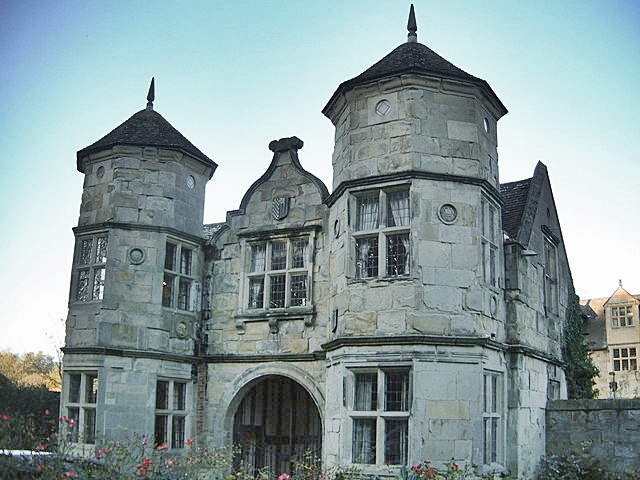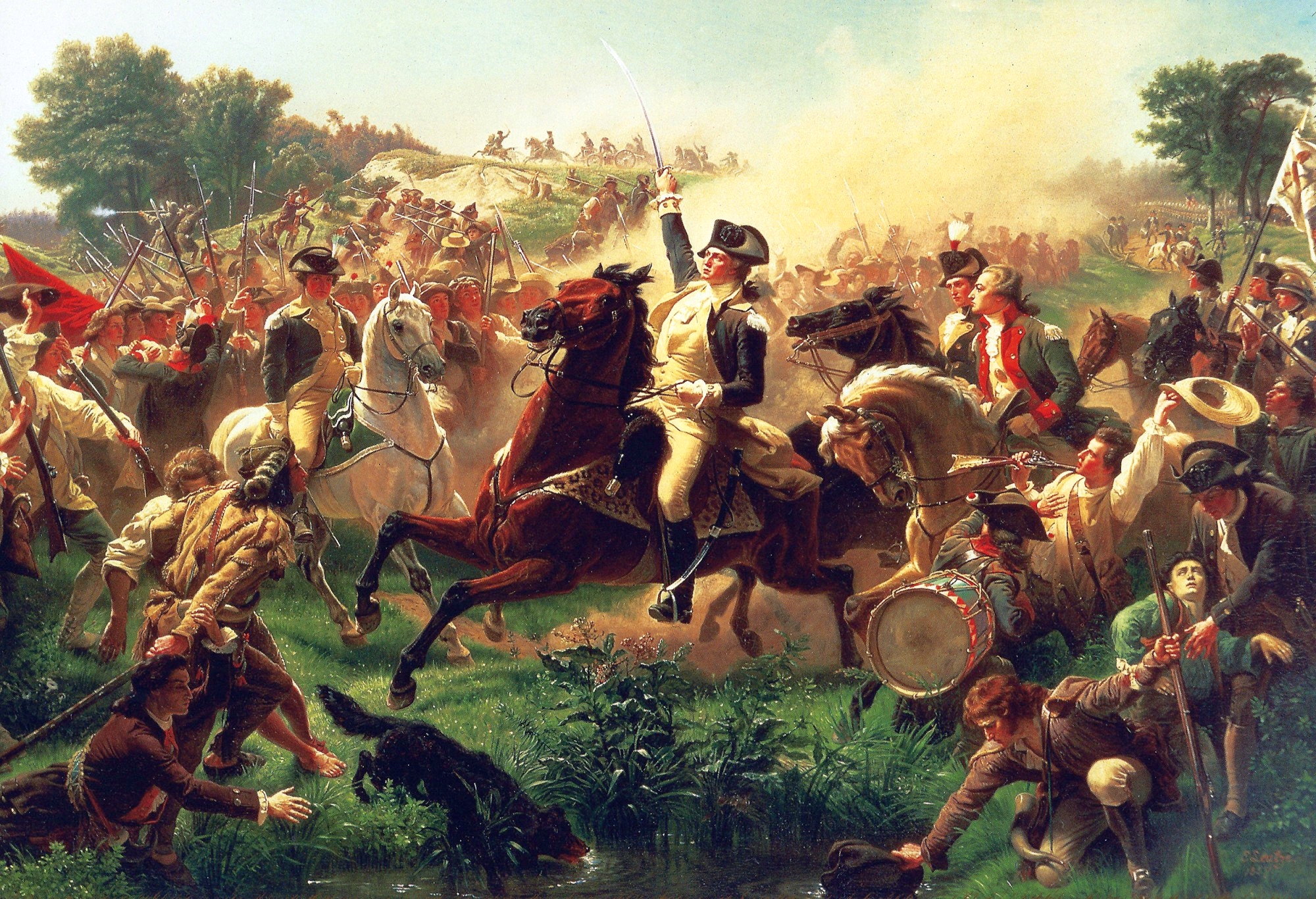|
Mary Tooth
Mary Tooth (30 May 1778 – 15 November 1843) was an early British Methodist preacher who practised long after women preachers were no longer encouraged by the Methodists. Life Tooth was born in Moseley on 30 May 1778 to Mr and Mrs Tooth and baptised on 14 July at St Philip's Cathedral, Birmingham, St Philip’s Parish Church in Birmingham. Her mother's name was Whittaker and she lived until 1803. Her grandparents were religious and they told her of their Christian faith. She had eight siblings but Mary and two of her sisters were to survive childhood. At the end of 1795 she began work at Mrs Micklewright's school in Madeley as a teacher and in the following year she discovered the Methodists who had a society there. She soon declared that this was her interest for life. She became a close friend of the preacher Mary Fletcher (preacher), Mary Fletcher. In late 1799 or 1800, Tooth moved in with Mary Fletcher and Fletcher began to train Tooth as her successor. In 1803 the Methodi ... [...More Info...] [...Related Items...] OR: [Wikipedia] [Google] [Baidu] |
Moseley
Moseley is a suburb of south Birmingham, England, south of the city centre. The area is a popular cosmopolitan residential location and leisure destination, with a number of bars and restaurants. The area also has a number of boutiques and other independent retailers. It is located within the Moseley and Kings Heath Ward of the city, in the constituency of Hall Green. Historically it lay within Worcestershire. History Moseley was listed in the Domesday Book of 1086 as Museleie. St. Mary's Church, Moseley was licensed by the Bishop of Worcester (authorised by Pope Innocent VII) in February 1405, and the 600th anniversary was celebrated in 2005 with a series of special events. In 2012 the church bells which had been named as the worst sounding in the country were replaced. Moseley itself developed around a Victorian shopping area known as ''Moseley Village''. Moseley Hall was rebuilt in parkland in the late 1700s and rebuilt by 1795 after being set on fire during rioting i ... [...More Info...] [...Related Items...] OR: [Wikipedia] [Google] [Baidu] |
Madeley, Shropshire
Madeley is a constituent town and civil parish in Telford and Wrekin in Shropshire, England. The parish had a population of 17,935 at the 2001 census. Madeley is recorded in the Domesday Book, having been founded before the 8th century. Historically, Madeley's industrial activity has largely been in mining, and later, manufacturing, which is still a large employer in the town, along with service industries. Parts of the parish fall within the UNESCO World Heritage Site of Ironbridge Gorge, the site of The Iron Bridge, and a key area in the development of Industry. History The settlement of Madeley is recorded as far back as the Domesday Book. The town was founded prior to the 8th century, and subsequently became a market town in the 13th century. Sigward, a local ruler in the time of King Æthelbald of Mercia, is said to have held 3 hides of land at Madeley. Between 727 and 736 he sold his holdings to Mildburh, daughter of Merewalh, sub-king of the Magonsæte. She was the ... [...More Info...] [...Related Items...] OR: [Wikipedia] [Google] [Baidu] |
St Philip's Cathedral, Birmingham
The Cathedral Church of Saint Philip is the Church of England cathedral and the seat of the Bishop of Birmingham. Built as a parish church in the Baroque style by Thomas Archer, it was consecrated in 1715. Located on Colmore Row in central Birmingham, St Philip's became the cathedral of the newly formed Diocese of Birmingham in 1905. The cathedral is a Grade I listed building. History Foundation St Philip's Church was planned when the nearby medieval church of St Martin in the Bull Ring became insufficient to house its congregation because of the growing population of Birmingham. The land, previously named the ''Barley Close'', was donated by Robert Philips in 1710. It is one of the highest points in the district and is said to be at the same level as the cross on St Paul's Cathedral in London. Following an Act of Parliament, construction commenced in 1711, to the design of Thomas Archer, and was ready for consecration in 1715, when it was dedicated to the Apostle Philip as a ... [...More Info...] [...Related Items...] OR: [Wikipedia] [Google] [Baidu] |
Mary Fletcher (preacher)
Mary Bosanquet Fletcher (; 12 September 1739 – 8 December 1815) was an English preacher credited with persuading John Wesley, a founder of Methodism, to allow women to preach in public. She was born into an affluent family, but after converting to Methodism, rejected its luxurious life. She was involved in charity work throughout her life, operating a school and orphanage until her marriage to John Fletcher. She and a friend, Sarah Crosby, began preaching and leading meetings at her orphanage and became the most popular female preachers of their time. Fletcher was known as a "Mother in Israel", a Methodist term of honour, for her work in spreading the denomination across England. Early life Mary Bosanquet was born to Samuel Bosanquet and his wife Mary Dunster in September 1739 in Leytonstone, Essex. At birth, it appeared that her tongue was fused to the inside of her mouth, and she almost died after it was separated. Fletcher's family were Anglicans of Huguenot descen ... [...More Info...] [...Related Items...] OR: [Wikipedia] [Google] [Baidu] |
Mary Taft
Mary Taft (; 12 August 1772 – 26 March 1851) was a British Wesleyan Methodist Church (Great Britain), Wesleyan Methodist preacher. Her work was supported by many, including her husband, but in 1803, the Methodist conference objected. She took little notice. In 1799, she said that one day "the wonder will then be that the exertions of pious females to bring souls to Christ should ever have been opposed or obstructed." Life Taft was born in Colne to John and Mary Barritt in 1772. Her mother was a Methodist; her father was not a Christian. The parents had seven children, five of them boys. One of the boys, John Barritt, became a preacher and he encouraged Mary in her ambitions, despite the senior John Barritt's objections. She spoke on his preaching circuit. By 1791 she was an enthusiastic Methodist who would attend prayer meetings. The superintendent minister objected to her exhortations but he backtracked when he witnessed the effects it was having. Her skills were recognised an ... [...More Info...] [...Related Items...] OR: [Wikipedia] [Google] [Baidu] |
Wesleyan Methodist Church (Great Britain)
The Wesleyan Methodist Church (also named the Wesleyan Methodist Connexion) was the majority Methodist movement in England following its split from the Church of England after the death of John Wesley and the appearance of parallel Methodist movements. The word ''Wesleyan'' in the title differentiated it from the Welsh Calvinistic Methodists (who were a majority of the Methodists in Wales) and from the Primitive Methodist movement, which separated from the Wesleyans in 1807. The Wesleyan Methodist Church followed the Wesleys in holding to an Arminian theology, in contrast to the Calvinism held by George Whitefield George Whitefield (; 30 September 1770), also known as George Whitfield, was an Anglican cleric and evangelist who was one of the founders of Methodism and the evangelical movement. Born in Gloucester, he matriculated at Pembroke College at th ..., by Selina Hastings (founder of the Countess of Huntingdon's Connexion), and by Howell Harris and Daniel Rowland (pre ... [...More Info...] [...Related Items...] OR: [Wikipedia] [Google] [Baidu] |
1778 Births
Events January–March * January 18 – Third voyage of James Cook: Captain James Cook, with ships HMS ''Resolution'' and HMS ''Discovery'', first views Oahu then Kauai in the Hawaiian Islands of the Pacific Ocean, which he names the ''Sandwich Islands''. * February 5 – **South Carolina becomes the first state to ratify the Articles of Confederation. ** **General John Cadwalader shoots and seriously wounds Major General Thomas Conway in a duel after a dispute between the two officers over Conway's continued criticism of General George Washington's leadership of the Continental Army.''Harper's Encyclopaedia of United States History from 458 A. D. to 1909'', ed. by Benson John Lossing and, Woodrow Wilson (Harper & Brothers, 1910) p166 * February 6 – American Revolutionary War – In Paris, the Treaty of Alliance and the Treaty of Amity and Commerce are signed by the United States and France, signaling official French recognition of the new rep ... [...More Info...] [...Related Items...] OR: [Wikipedia] [Google] [Baidu] |
1843 Deaths
Events January–March * January ** Serial publication of Charles Dickens's novel ''Martin Chuzzlewit'' begins in London; in the July chapters, he lands his hero in the United States. ** Edgar Allan Poe's short story " The Tell-Tale Heart" is published in a Boston magazine. ** The Quaker magazine '' The Friend'' is first published in London. * January 3 – The ''Illustrated Treatise on the Maritime Kingdoms'' (海國圖志, ''Hǎiguó Túzhì'') compiled by Wei Yuan and others, the first significant Chinese work on the West, is published in China. * January 6 – Antarctic explorer James Clark Ross discovers Snow Hill Island. * January 20 – Honório Hermeto Carneiro Leão, Marquis of Paraná, becomes ''de facto'' first prime minister of the Empire of Brazil. * February – Shaikh Ali bin Khalifa Al-Khalifa captures the fort and town of Riffa after the rival branch of the family fails to gain control of the Riffa Fort and flees to Manama. Shaikh Mohamed bin Ahmed i ... [...More Info...] [...Related Items...] OR: [Wikipedia] [Google] [Baidu] |
People From Moseley
A person ( : people) is a being that has certain capacities or attributes such as reason, morality, consciousness or self-consciousness, and being a part of a culturally established form of social relations such as kinship, ownership of property, or legal responsibility. The defining features of personhood and, consequently, what makes a person count as a person, differ widely among cultures and contexts. In addition to the question of personhood, of what makes a being count as a person to begin with, there are further questions about personal identity and self: both about what makes any particular person that particular person instead of another, and about what makes a person at one time the same person as they were or will be at another time despite any intervening changes. The plural form "people" is often used to refer to an entire nation or ethnic group (as in "a people"), and this was the original meaning of the word; it subsequently acquired its use as a plural form of ... [...More Info...] [...Related Items...] OR: [Wikipedia] [Google] [Baidu] |
Religious Leaders In The United Kingdom
Religion is usually defined as a social-cultural system of designated behaviors and practices, morals, beliefs, worldviews, texts, sanctified places, prophecies, ethics, or organizations, that generally relates humanity to supernatural, transcendental, and spiritual elements; however, there is no scholarly consensus over what precisely constitutes a religion. Different religions may or may not contain various elements ranging from the divine, sacred things, faith,Tillich, P. (1957) ''Dynamics of faith''. Harper Perennial; (p. 1). a supernatural being or supernatural beings or "some sort of ultimacy and transcendence that will provide norms and power for the rest of life". Religious practices may include rituals, sermons, commemoration or veneration (of deities or saints), sacrifices, festivals, feasts, trances, initiations, funerary services, matrimonial services, meditation, prayer, music, art, dance, public service, or other aspects of human culture. Religions have ... [...More Info...] [...Related Items...] OR: [Wikipedia] [Google] [Baidu] |






_1938.jpg)
